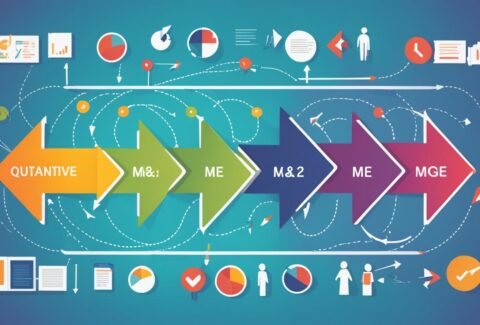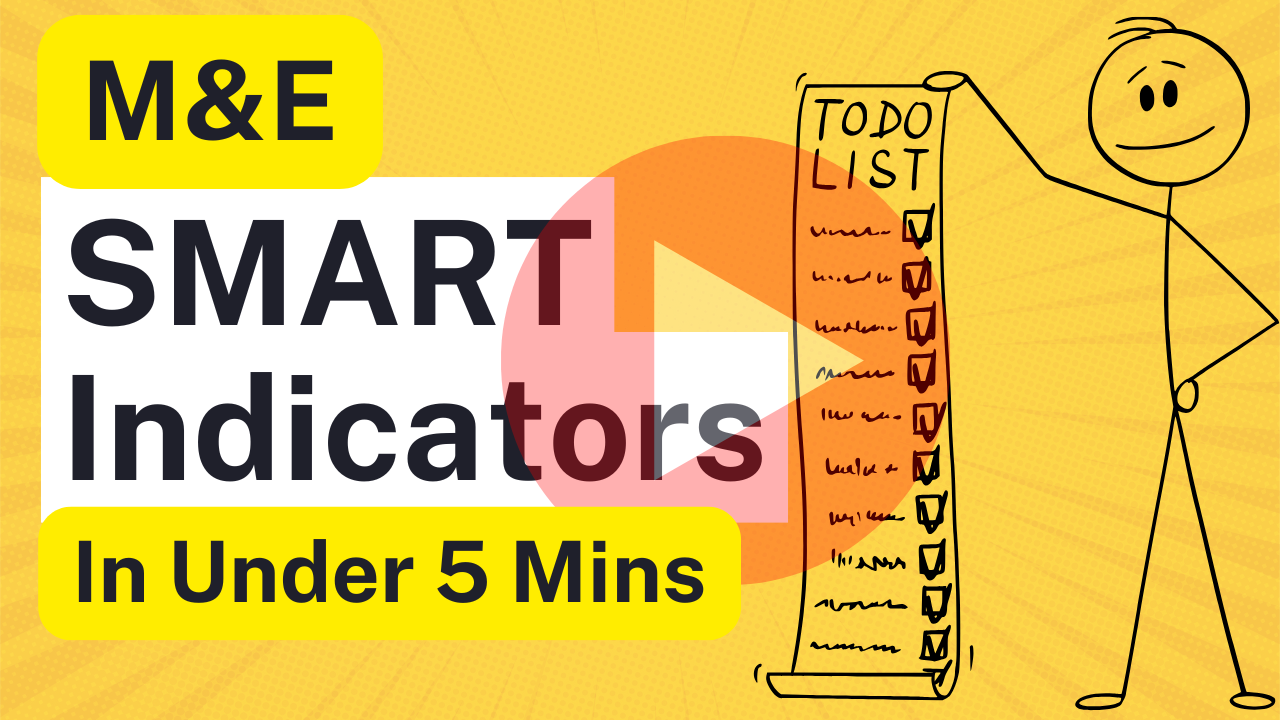Program Outcomes: How to Know if Your Initiative Actually Works
June 4, 2025 2025-06-04 7:00Program Outcomes: How to Know if Your Initiative Actually Works
Let’s be honest – most programs are launched with good intentions, but how many actually deliver the results they promised? Whether you’re running a nonprofit, managing an educational program, or working in any organization trying to make a difference, you need to know if your efforts are working. That’s where program outcomes come in. They’re basically your reality check, telling you whether you’re actually making the impact you think you are.
What is program outcomes
Think of program outcomes as the “so what?” of your program. They’re the specific changes or benefits that happen because of what you do. Not the activities themselves, but the real results those activities create.
Say you run a job training program. An outcome isn’t “we taught 50 people computer skills” – that’s just what you did. An outcome is “80% of participants found steady work within six months.” See the difference? One tells you what happened in your classroom. The other tells you what happened in people’s lives.
Program outcomes matter because they cut through the feel-good stories and show you the actual impact. They help you figure out what’s working, what isn’t, and where to spend your limited time and money.

What are program learning outcomes
Program learning outcomes focus specifically on what students or participants should know and be able to do after completing an educational program. These are different from general program outcomes because they target specific skills, knowledge, or competencies.
For example, a nursing program might have learning outcomes like “graduates will demonstrate safe medication administration” or “students will effectively communicate with patients from diverse backgrounds.” These outcomes help colleges and universities show that their programs actually prepare students for their careers.
Learning outcomes also help with accreditation and program improvement. When schools track whether graduates can actually perform the skills they’re supposed to learn, they can adjust their curriculum and teaching methods accordingly.
What are examples of program outcomes
Here are some real examples of program outcomes across different types of organizations:
Educational programs:
- 90% of students graduate within four years
- Math scores improve by 25% for struggling students
- 85% of vocational program graduates find employment in their field within six months
Nonprofit programs:
- 75% of job training participants secure stable employment within three months
- Homeless shelter residents maintain housing for at least one year after program completion
- 80% of participants in health education programs report improved wellness behaviors
Healthcare programs:
- Patient readmission rates decrease by 30%
- 70% of diabetes education participants achieve target blood sugar levels
- Medication adherence improves by 50% among program participants
Community programs:
- Crime rates in target neighborhoods drop by 15%
- Youth program participants show 40% improvement in school attendance
- Community garden programs increase fresh food access for 200 families
Each example shows a specific, measurable change that resulted from program activities – not just what the program did, but what actually changed for participants.
Understanding inputs, outputs, and program outcomes

Here’s where things get confusing. Most people mix up inputs, outputs, and outcomes – but they’re completely different things.
Inputs are what you put into your program. Money, staff time, materials, that fancy new software you bought. These are your resources.
Outputs are what your program produces directly. Number of workshops held, people served, emails sent. They’re important for tracking activity, but they don’t tell you if anything meaningful happened.
Outcomes are the changes that result from your outputs. Did people’s lives actually improve? Did students learn something? Did your community get healthier or safer?
Here’s a simple example: A literacy program spends $50,000 (input) to run 40 reading sessions (output) that help 75% of participants read at grade level by year-end (outcome). The money and sessions matter, but that 75% improvement rate is what really counts.
Many organizations get stuck measuring outputs because they’re easier to count. But funders and stakeholders increasingly want to see outcomes – proof that programs actually work.
Recent research shows that organizations using clear outcome evaluation are better at making informed decisions about resource allocation and program improvement. In schools, outcomes might track whether students actually learn and succeed, not just whether they show up to class. For nonprofits, they measure real changes in the communities they serve.
Why program outcomes are worth the effort
Look, tracking outcomes takes work. But here’s why it’s worth it:
Your programs actually get better. When you know what’s working and what isn’t, you can fix problems and do more of what succeeds. Organizations that focus on measuring impact often see meaningful improvements in their programs.
You build trust with funders. Nothing gets funding renewed like showing clear results. When you can say “our program helped 85% of participants achieve their goals,” that’s a lot more convincing than “we worked really hard and everyone seemed happy.”
You make smarter decisions. Limited budget? Outcomes data shows you which programs deserve more resources and which ones need major changes or should be cut entirely.
You stay focused on your mission. It’s easy to get caught up in activities that feel productive but don’t actually advance your goals. Outcomes keep you honest about whether you’re making the difference you set out to make.
You prove accountability. Whether it’s to your board, your community, or the people you serve, outcomes show that you take results seriously.
How to create outcomes that actually matter

Creating good program outcomes isn’t rocket science, but it does require some thought. Here’s what works:
Include the people who matter. Don’t create outcomes in a conference room with just your staff. Talk to the people your program serves, your funders, community partners – anyone with a stake in your success. They’ll tell you what really matters.
Make them SMART. Your outcomes should be Specific, Measurable, Achievable, Relevant, and Time-bound. Instead of “improve student performance,” try “increase math test scores by 15% for 8th graders by the end of the school year.”
Get your baseline data. You can’t measure change if you don’t know where you started. Survey people before your program begins, collect test scores, gather health data – whatever makes sense for what you’re trying to achieve.
Use multiple ways to measure. Numbers tell part of the story, but not all of it. Combine survey data with interviews, test scores with observation notes. The most comprehensive evaluations use both quantitative and qualitative data to understand program impact.
Keep it realistic. Don’t promise outcomes you can’t deliver. It’s better to set achievable goals and exceed them than to overpromise and disappoint everyone.
Example of program outcome in action
Example of program outcome in nonprofits: “Community Health Partners” ran a program providing free health screenings and nutrition education in low-income neighborhoods. Their main outcome goal was that 75% of participants would report improved health after six months.
They started by surveying everyone about their current health. After the program, 82% reported feeling healthier – beating their goal. But they also discovered through interviews that people felt more confident navigating the healthcare system, an unexpected bonus outcome. This data helped them secure a three-year grant expansion.
Example of program outcome in education: “Math Recovery” worked with struggling middle school students. Their outcome goal was to help 80% of participants improve their math scores by at least one grade level.
They tested everyone at the start of the year, then tracked progress throughout. By year-end, 87% had improved by at least one grade level, and teachers noted increased confidence in math class. The school district adopted the program district-wide based on these results.
Both examples show how clear outcomes led to program improvements and expanded impact.
Moving from measuring activities to measuring impact
The shift from tracking what you do to measuring what changes requires a different mindset. Instead of asking “How many people did we serve?” ask “How many people are better off because of what we did?”
Start by identifying 2-3 key outcomes that really matter for your program’s success. Don’t try to measure everything – focus on what would convince your biggest skeptic that your program works.
Set up simple systems to track these outcomes over time. This might mean follow-up surveys, performance tracking, or regular check-ins with participants. Having evaluation plans ready when programs launch is critical for collecting meaningful data.
Remember that outcomes often take time to show up. A job training program might see employment results within months, but a youth development program might need years to see lasting behavior changes.
The goal isn’t perfect measurement – it’s better understanding of your impact so you can serve people more effectively and make a stronger case for your work.
Program outcomes aren’t just numbers on a report. They’re proof that what you’re doing matters, and they’re your roadmap for doing it even better.












